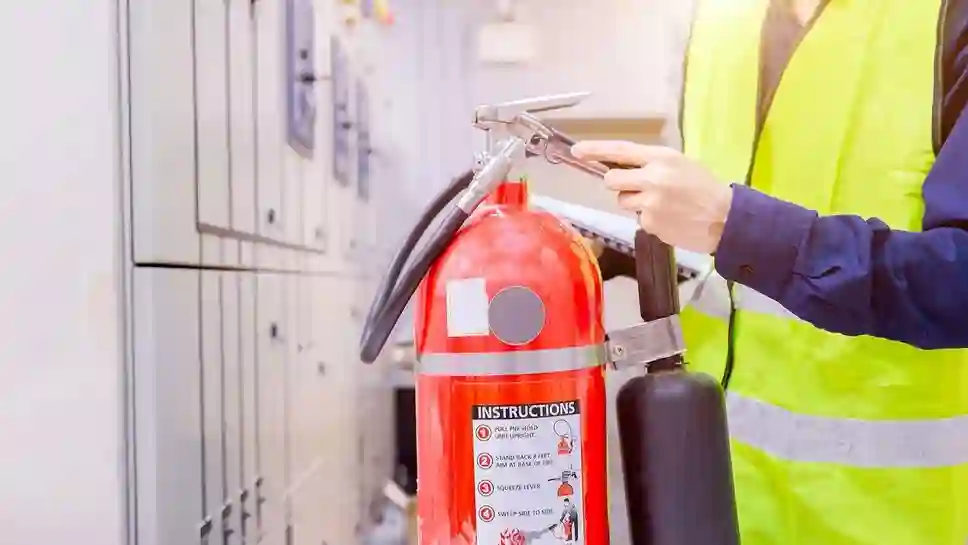
Immediate Crisis First Aid Training: Workplace Health Basics
In today’s fast-paced work environment, accidents and medical emergencies can happen at any time. Having employees equipped with the knowledge and skills for immediate crisis first aid is essential for ensuring a safe and healthy workplace. This article delves into the significance of immediate crisis first aid training, focusing on workplace health basics, the key components of such training, and the numerous benefits it offers to both employees and employers.
Understanding the Importance of Immediate Crisis First Aid Training
Workplace incidents, ranging from minor injuries to life-threatening emergencies, are a reality that organizations must be prepared to address. Immediate crisis first aid training plays a pivotal role in preparing employees to respond swiftly and effectively during such critical moments. Whether it’s providing life-saving CPR, controlling bleeding, or stabilizing a co-worker until professional medical help arrives, these skills are invaluable.
Key Components of Immediate Crisis First Aid Training
Immediate crisis first aid training encompasses several crucial components:
Basic Life Support (BLS):
-
- Comprehensive training in cardiopulmonary resuscitation (CPR) techniques for adults, children, and infants.
- Proficiency in using Automated External Defibrillators (AEDs) when needed.
- Knowledge of how to handle choking incidents for various age groups.
Injury Assessment and Management:
-
- Techniques for assessing injuries and determining the appropriate course of action.
- Hands-on training for managing common injuries like cuts, burns, fractures, sprains, and spinal injuries.
- Proper use of bandages, splints, and other first aid materials.
Medical Emergencies Response:
-
- Recognition and initial management of common medical emergencies, including heart attacks, strokes, diabetic crises, and seizures.
- Training in the administration of life-saving medications, such as epinephrine auto-injectors.
Emergency Scene Management:
-
- Strategies for assessing and managing the emergency scene effectively.
- Coordinating with emergency services and ensuring a seamless handover of patients.
- Ensuring personal safety and the safety of bystanders and victims.
Mental Health First Aid:
-
- Understanding the basics of mental health emergencies, including how to approach and support individuals in a mental health crisis.
- De-escalation techniques for calming individuals in distress or experiencing psychological emergencies.
Implementing Immediate Crisis First Aid Training
Effective implementation of immediate crisis first aid training involves several key steps:
Assessing Workplace Risks:
-
- Identifying potential hazards specific to the workplace and the nature of work being performed.
- Designing training programs that address the specific risks associated with the work environment.
Engaging Professional Instructors:
-
- Collaborating with certified first aid instructors or organizations to provide high-quality training.
- Ensuring that instructors are up-to-date with the latest guidelines and best practices.
Practical Hands-On Training:
-
- Conducting hands-on training sessions with realistic scenarios and simulations.
- Providing trainees with ample opportunities to practice skills in controlled environments.
Regular Training Updates:
-
- Implementing a schedule for periodic training updates and refresher courses.
- Keeping participants informed about the latest advancements in first aid and emergency response.
Benefits of Immediate Crisis First Aid Training
Immediate crisis first aid training offers numerous benefits to both employees and employers:
- Lives Saved: Trained individuals can provide immediate assistance during emergencies, potentially saving lives in critical situations.
- Reduced Severity of Injuries: Quick and effective first aid can minimize the severity of injuries, reducing long-term complications and recovery time.
- Enhanced Employee Confidence: Participants gain confidence in responding to emergencies, making them valuable assets in the workplace.
- Legal Compliance: Organizations that comply with health and safety regulations avoid legal liabilities and fines.
- Improved Workplace Safety Culture: Training fosters a culture of safety where employees are more vigilant and proactive in injury prevention.
- Efficient Workplace Operations: Swift responses to injuries can minimize downtime and disruptions, contributing to workplace efficiency.
Conclusion
Immediate crisis first aid training is an essential investment for any organization. While preventing workplace incidents should always be the primary focus, having well-prepared personnel who can respond swiftly and effectively during emergencies is equally critical. By providing training in first aid, emergency scene management, and medical crisis response, organizations empower their employees to act confidently and competently in the event of workplace emergencies. Ultimately, this training not only benefits individuals by potentially saving lives and reducing injury severity but also contributes to a safer, more resilient, and legally compliant workplace. Embracing immediate crisis first aid training is a proactive step towards creating a safer and more secure work environment for all.